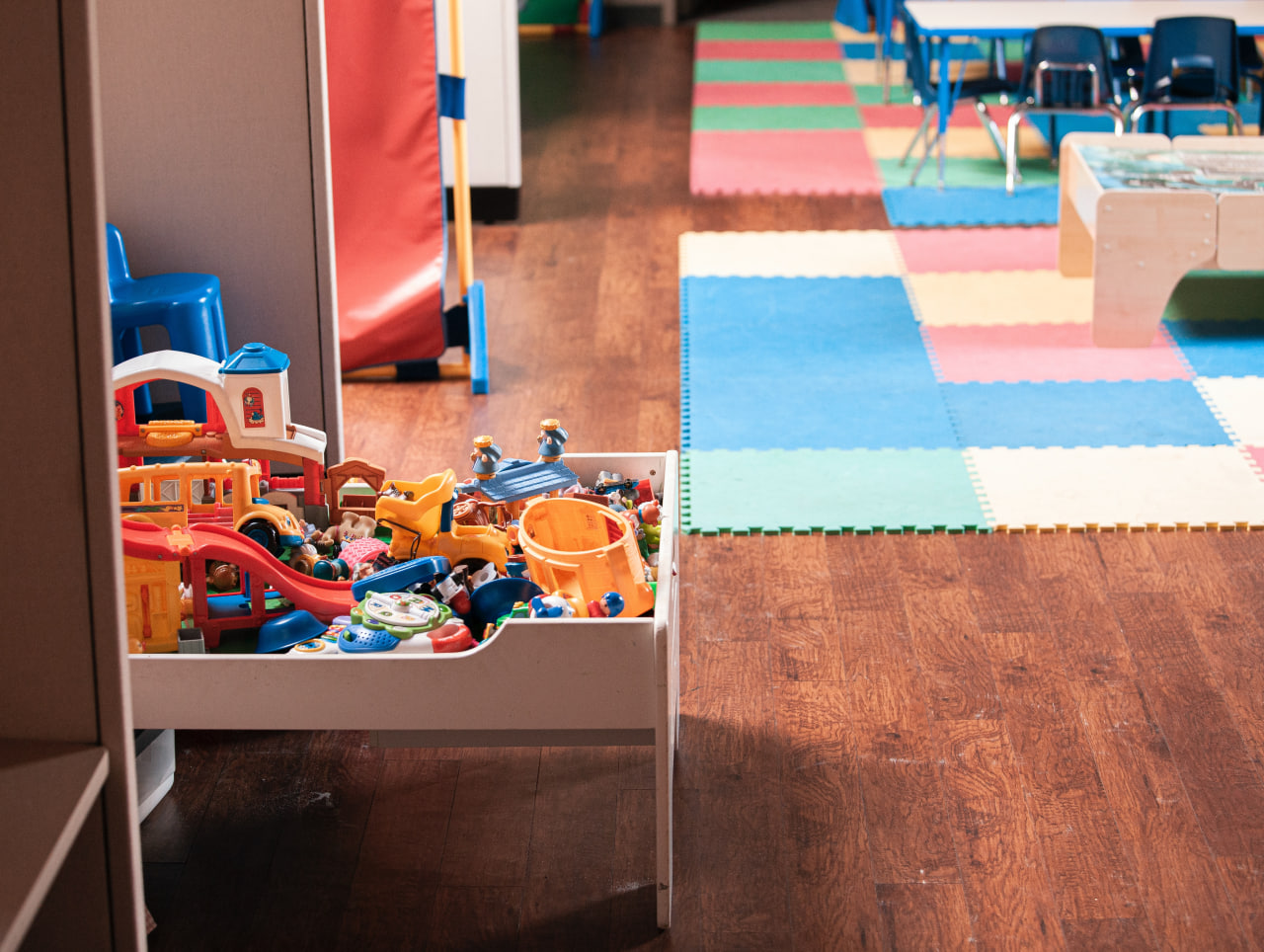Puppet Magic: Children's Social and Emotional Development through Puppet Play
Dolls are a type of toys that children can play with to learn about themselves and others. They come in a variety of shapes, but are usually made of plastic or fabric and have moving parts. Some dolls even talk! Dolls allow children to practice social skills, such as sharing and taking turns, as well as emotional skills, such as empathy.
Encouragement to play with dolls
Children love to play with dolls. Dolls can be used in a variety of ways to encourage social and emotional development, including:
●creating a stimulating environment;
●giving children the opportunity to explore their own interests;
●encouraging cooperation and solving problems;
● ensuring availability of dolls;
●provide age-appropriate dolls;
●use online resources to make purchasing decisions.
Using dolls for teaching
Playing with dolls is a great way to teach your child social skills. By playing with your child, you can teach him to share and take turns.
1. You can also use the doll as a tool for communication, that is, for the development of social skills. For example, if you want your child to say "please" when asking someone for something, ask them to ask for a doll first before giving or passing the object. If she later doesn't say "please" when she asks something from another person in real life, remind her of that experience with her doll! The most important thing about using puppets as tools for teaching social skills is consistency: make sure that everything else in this interaction remains the same across contexts (for example, at home and at school).
2. Using dolls to teach life skills. The ability to set goals and make decisions is an important life skill. This can also be taught by playing with dolls. When a child plays with their doll, they can decide what the doll will do next, how it will get there, and whether it wants to change its mind about something along the way. This teaches children patience as well as perseverance when it comes to completing tasks and achieving goals.
Dolls can also help teach children patience by giving them a chance to focus on something other than their own frustrations or impatience (which are often caused by wanting to get something right away). For example: If a child wants to see mommy, but she's not there at the moment - or if she's having trouble with another child who doesn't want to share - she can take out her frustration on the doll instead of being angry at the other person, who may not understand why they beat her!
Tips for choosing dolls
When choosing a doll that you want to give your child, there are several points to consider. First, make sure the doll is safe for your child. This means that it is made of materials that will not break or injure you if dropped on the floor or accidentally stepped on. The eyes must be securely fastened so that they do not fall out when the doll is played with by children who are just learning how to properly handle toys.
Second, think about what type of doll will best suit your child's interests and personality. If your daughter loves horses and wants to get one as her first toy, choose a horse-themed doll rather than something else like a princess, as this will help support her interests while also being age appropriate (ie no dolls with small details). Also, do not forget whether this type of toy has been scientifically proven to have a positive effect on the development of the child, for example, in studies conducted by experts who specialize in the education of younger children, such as Dr. Hart and Risley of Project Zero at Harvard University; dr. Whitehurst et al. etc".
Conclusion
Playing with dolls is a great way to help children develop social and emotional skills. The advantages of playing with dolls include:
1. Development of empathy, which helps children learn to care for others.
2. Encouragement of creativity, as children can use their imagination while playing with dolls.
3. Development of language skills through discussion of the actions or feelings of the dolls in the story told by the child playing with them.
